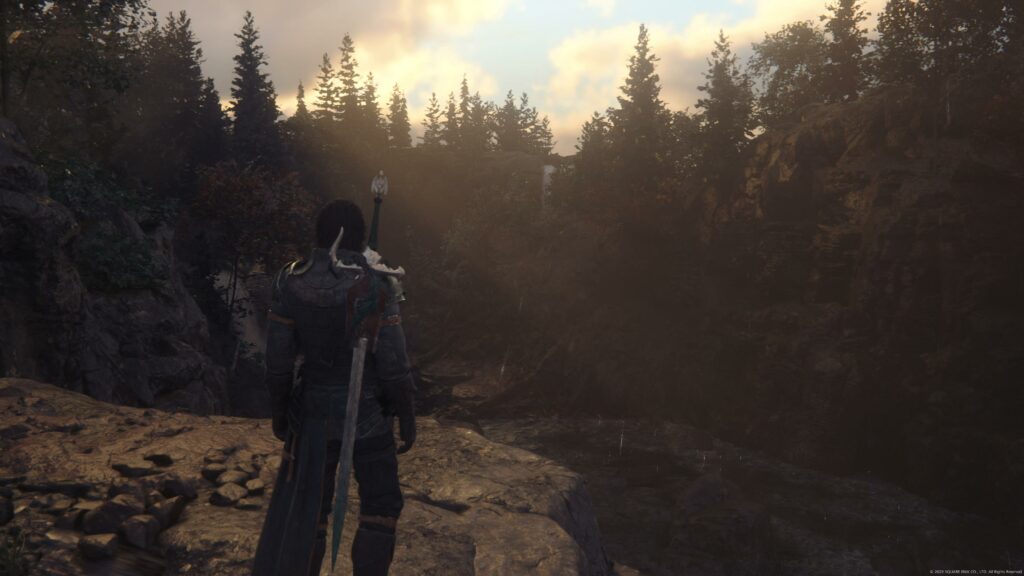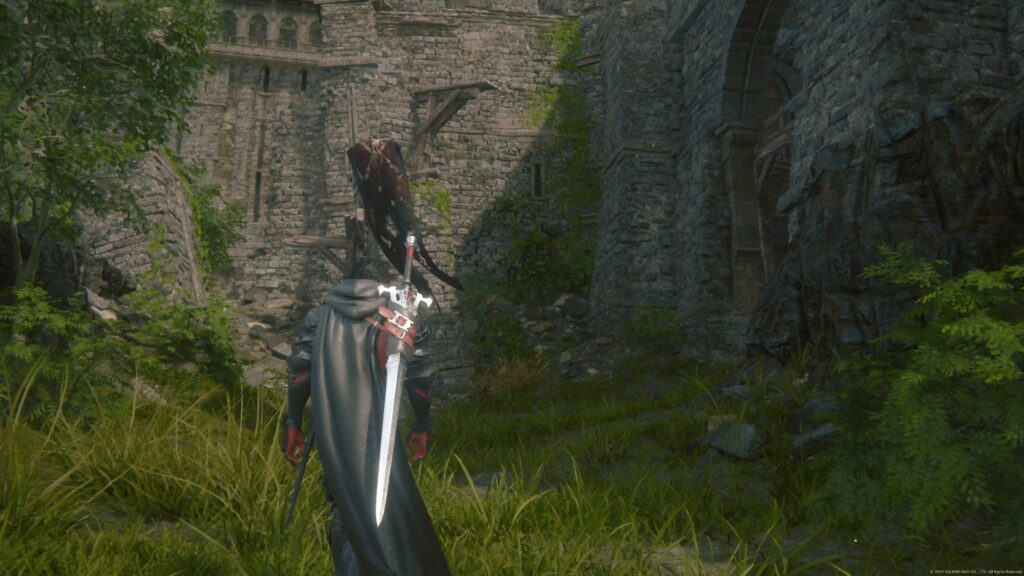You'll love it if:
- You were waiting for a different kind of FF game
- You’re a fan of games like Devil May Cry
- You’re looking for an entry-level JRPG
Not for you if:
- You were hoping for a more traditional FF game
- You prefer turn-based over action gameplay
- You expect in-depth customisation in your RPGs
What makes a Final Fantasy game, a “Final Fantasy” game? For some, it’s turn-based combat. For others, it’s the Chocobos, the Summons, or the magic spells. For others still, it’s the worlds themselves, such as Ivalice or Gaia, and the memories they associate with playing those games.
Final Fantasy XVI always had a difficult task ahead of it. It is the first mainline Final Fantasy game since the dreaded development of Final Fantasy XV, and the failed attempt to build an interconnected series of games with Final Fantasy XIII’s Fabula Nova Crystallis.
Produced by Naoki Yoshida of Final Fantasy XIV and directed by Hiroshi Takai of Final Fantasy V and The Last Remnant, the game faced an uphill battle in the public’s eye despite the expertise of its developers at Creative Business Unit III.
How can a new mainline Final Fantasy game launch without development issues, missing content, or other complications? The team was eager to prove the fans wrong, justly so, and deliver a complete game on day one. And so, we arrive at Final Fantasy XVI.
TL;DR
Final Fantasy XVI is a game that dares to defy expectations. It’s an action game without a party system, with mostly linear levels, and with a combat system that lacks status effects or elemental weaknesses. Its DNA is part Devil May Cry, part Game of Thrones, part Final Fantasy. And yet despite that, it’s the most comprehensive, deep, and captivating FF game since Final Fantasy XII in 2006.
Story – Welcome to the World of Valisthea
Final Fantasy XVI takes place in a new world, called Valisthea. It’s separated into different regions, each ruled by different kings and dukes. Players take control of Clive Rosfield, a young noble from the Duchy of Rosaria.
The beginning of the game sees Clive in media res, as a 20-year-old slave before jumping back to his youth where the game can start properly. This world, much like other Final Fantasy worlds, has its own crystals of power. In Valisthea, they enable people to use different elemental magics to make everyday life easier. However, people who can use magic without crystals are called Bearers and are treated worse than beggars or criminals. This is a stark departure from many other fantasy settings where wizards are respected.
A fateful event spirals Clive’s life out of control and he is put on a quest to avenge his family and discover the truth about the crystals, and Valisthea as a whole. Saying anything more would be a spoiler, and the game’s story is its primary drive, so we’ll leave it at that. Suffice it to say, the story is heavily inspired by HBO’s Game of Thrones, both in its plot devices as well as its dialogue and worldbuilding.


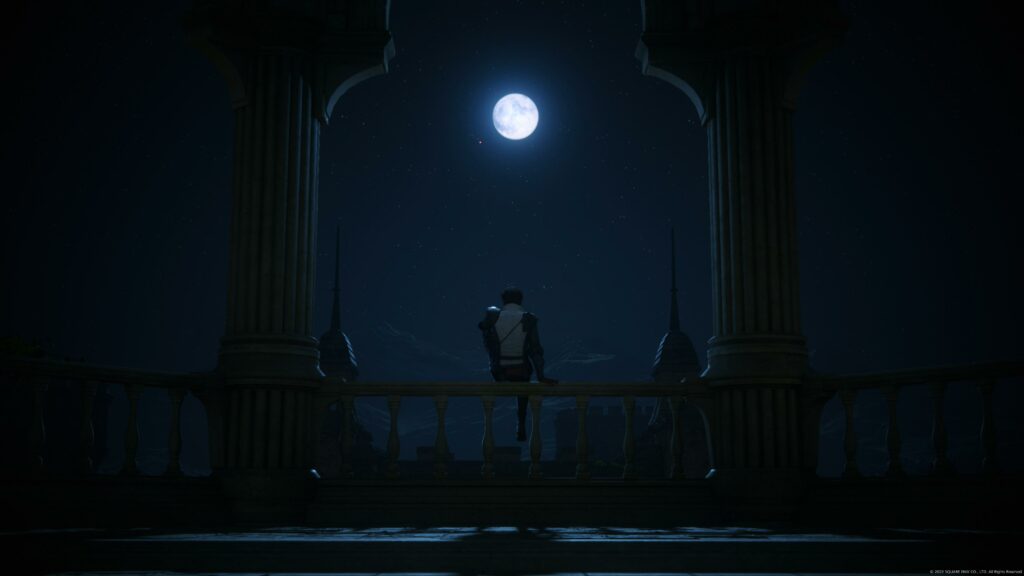

An R-Rated Tale of Revenge and Redemption
The story aspect is one of the more unique elements of Final Fantasy XVI. Its script is R-rated, meaning that “anything goes” in terms of visuals, dialogue, and themes it tackles. The team deftly uses this to their advantage to tell a complex, morally ambiguous story of revenge. The story is told through three distinct time periods in Clive’s life, with time jumps in gameplay.
While other games have used this plot device before, Final Fantasy XVI does so very effectively. Given the status of Bearers in Valisthea, the theme of slavery and social ranks is at the forefront. Clive himself is branded with a Bearer’s tattoo and how different characters react to it is very telling of how mature of an approach the writers took with the story.

Introducing Eikons, the Summons of Final Fantasy XVI
Every mainline Final Fantasy game features Summons in one form or another. Mythical creatures whose power can turn the tide of battle at a moment’s notice aren’t anything new to the series. Final Fantasy XVI treats these creatures as literal gods among men.
Each Summon is controlled by a single human called a Dominant. Dominants are respected in some parts of Valisthea, feared in others, and hated in others still. For example, if a Dominant in one country is a prince or a king, they could be a slave held as a hostage to be used in battle in others. Eikons, as they are called in Final Fantasy XVI, possess immense power that can shift the tide of entire wars.
They are one of the central pillars of the game’s story, as many of the main characters are Dominants to creatures such as Shiva, Garuda, Odin, Phoenix, and others. What the writers managed to do here, is elevate these creatures back to their mythical status where they are no longer just skills the players can use to win a battle–they fundamentally affect the story and the fate of Valisthea as a whole.
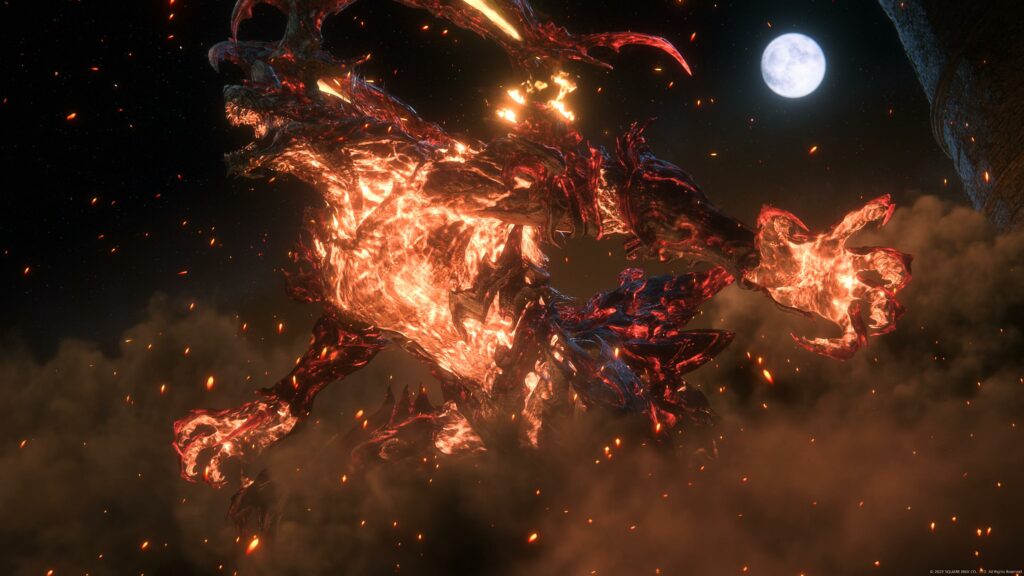
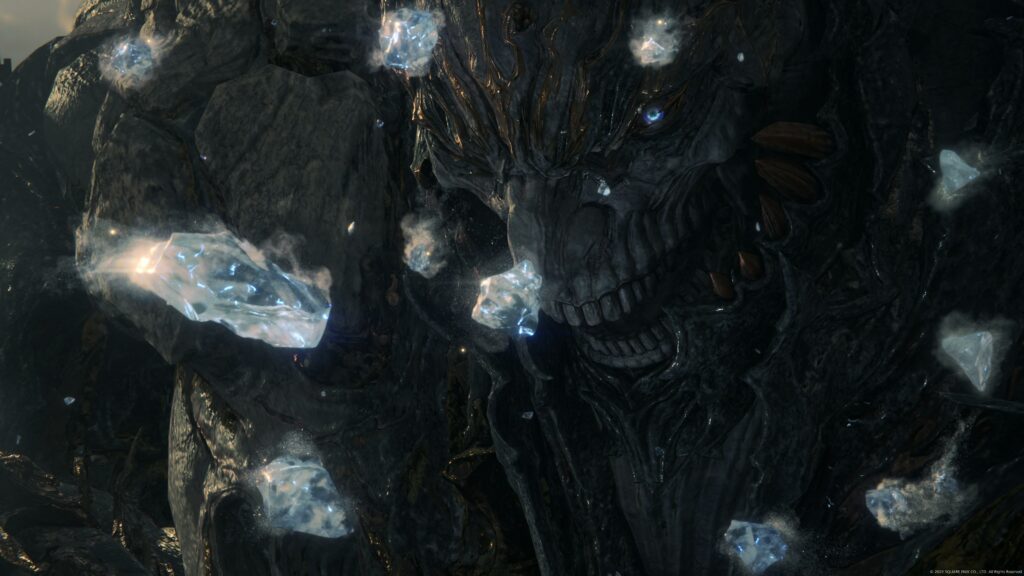
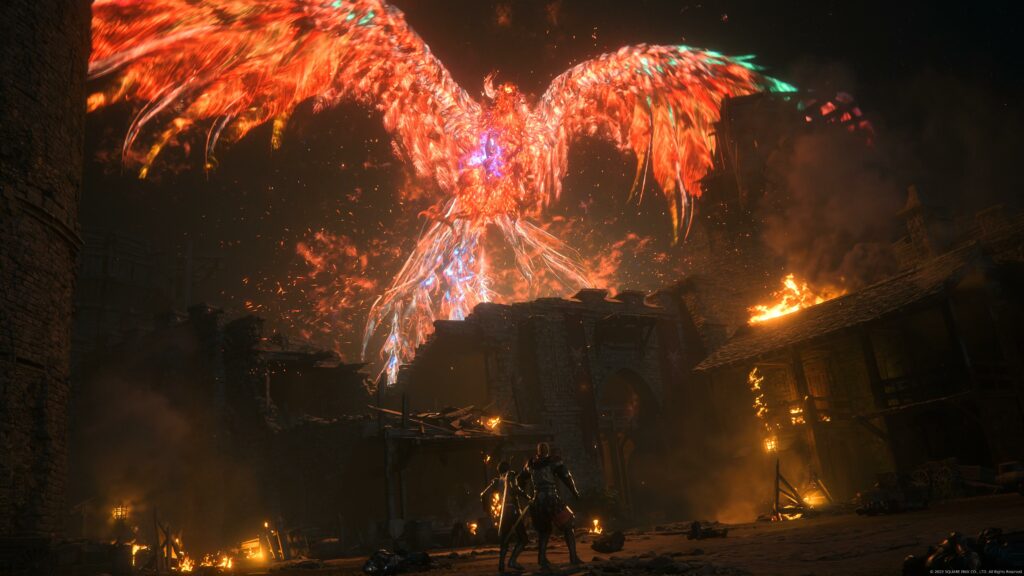
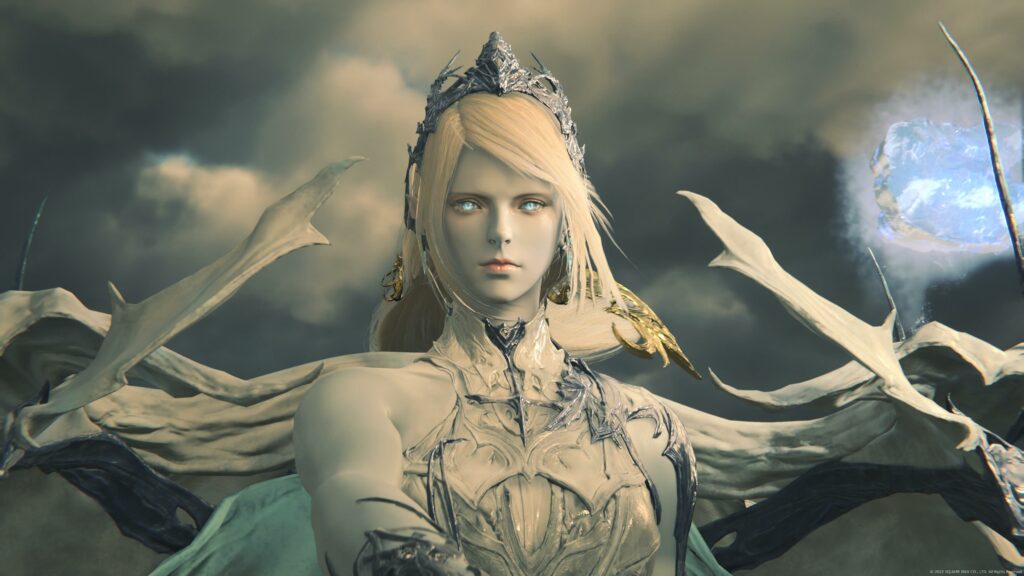
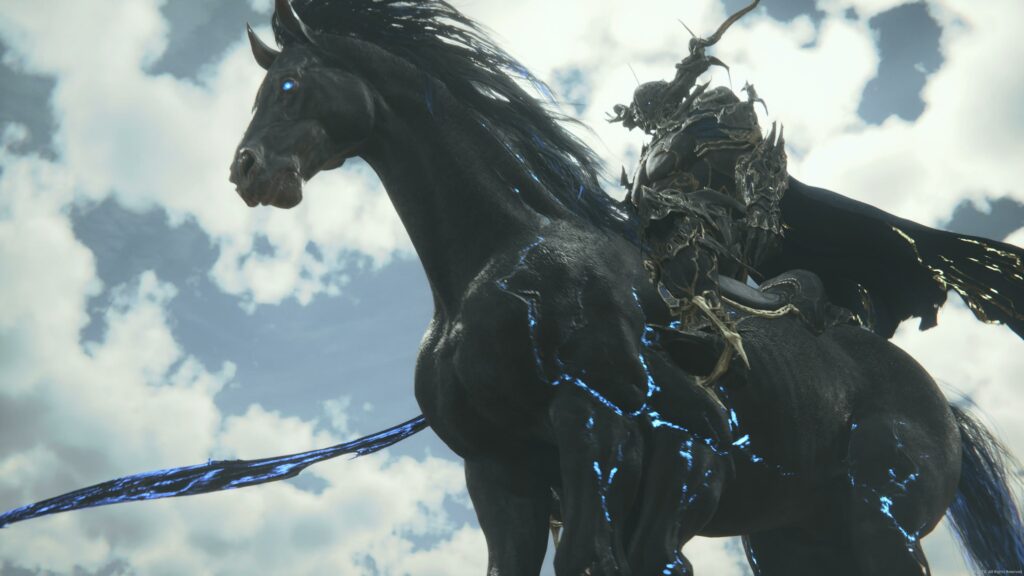
Gameplay – Dante Would Be Proud
The most controversial element that Final Fantasy XVI brings to the table is its combat system. If you imagine NieR Replicant with Chocobos and Summons, you won’t be far off from what this game has to offer. Combat Director Ryota Suzuki is famous for his work on Devil May Cry 5 and Dragon’s Dogma, and it shows.
This is an action game first, JRPG second, and it’s something fans should be aware of before jumping in. There is no party system to speak of in Final Fantasy XVI. You’ll always control Clive exclusively and be joined by different NPCs depending on the story. While this limits your freedom of customization, NPC AI is fairly good and you’ll never have issues where they’ll refuse to help.
As far as moment-to-moment combat, Clive has a basic combo at his disposal and several different Eikon abilities to swap between – that’s it. Despite status effects and elemental weaknesses being the staple of Final Fantasy for years, they’re absent in this game. This makes the combat even more simple and even less creative for the player.
The combat isn’t deep but because of how well it’s designed and how much it favours spectacle, it’s a joy to play. Torgal, Clive’s trusty canine companion will also join you for most of the game but his commands are superfluous at best. Final Fantasy XVI also features a Stagger System much like Final Fantasy 7 Remake did and it adds a little dynamic to each encounter. The game gives off Devil May Cry vibes, especially with later Eikon abilities which are reminiscent of moves used by Dante, Nero, and Vergil. Is Final Fantasy XVI a JRPG then? Yes, albeit a light one.

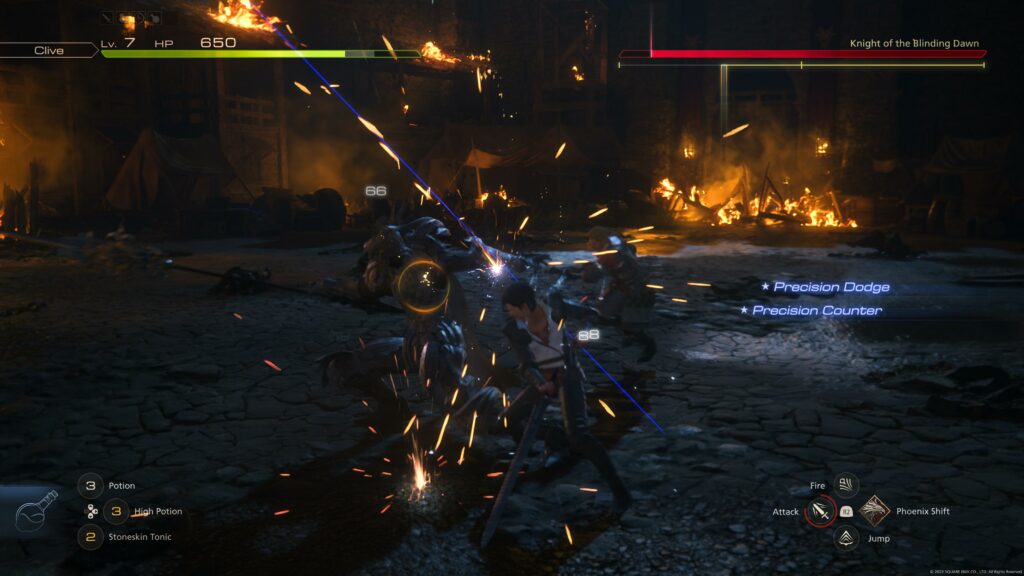
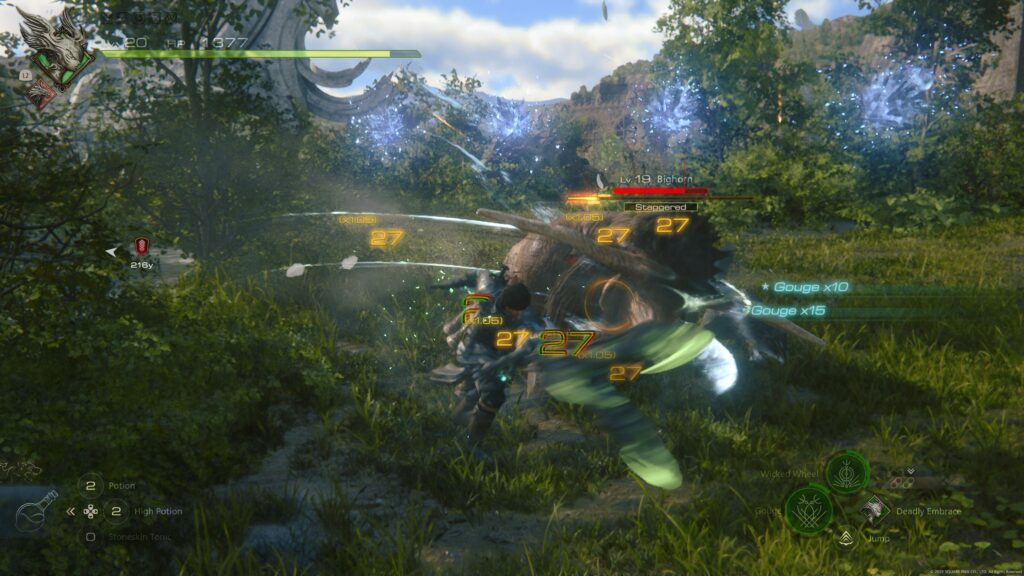
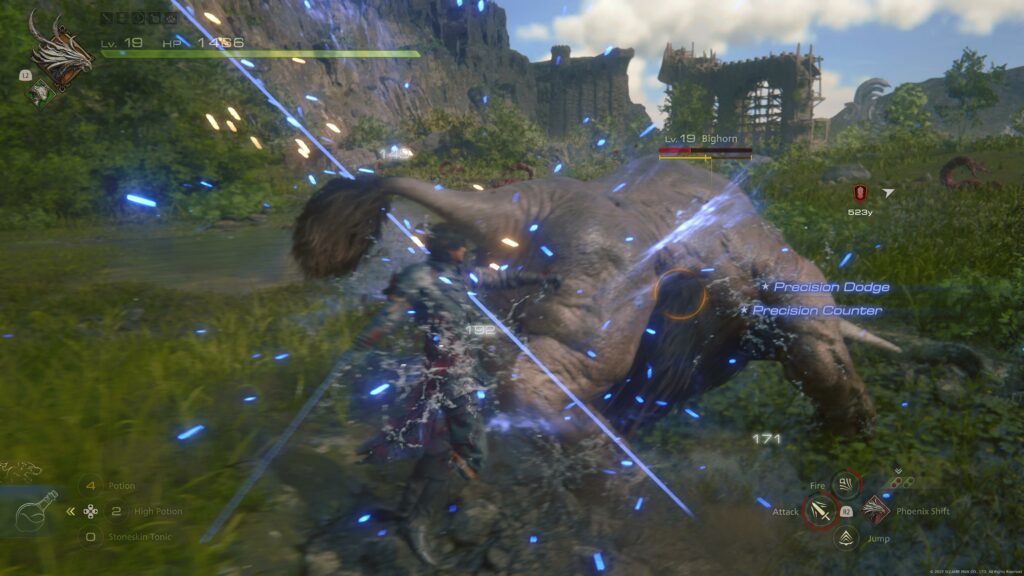
Wide as an Ocean, Shallow as a Pond
Due to the fact that you’re only playing as Clive, character customization has also been stripped of in-depth equipment modification. Crafting is very basic and you’ll swap items regularly for incremental improvements, such as a +3 to your attack power. Weapons and armour have statistical values only, there are no special abilities or buffs here.
Ever since Final Fantasy X, the series has slowly but surely been moving to a more linear-level design philosophy. This approach is solidified in Final Fantasy XVI. Each area you explore is treated as a “Stage” in an action game, with a clear path forward, groups of enemies to encounter, and cutscenes to watch.
You’re always on a linear path forward, and although you can revisit previous areas, there’s very little reward for exploring at all. The loot you’ll find amounts to “2 gold pieces”, or “a potion”, or very rarely, an accessory that boosts one of your skills for a single-digit percentage. There’s also a surprising lack of mini-games in Final Fantasy XVI, another series staple which was removed for a more streamlined, story-focused experience.
Side quests are another area where the game lacks. The team was clearly influenced by their work on Final Fantasy XIV, which is an MMO game. Side quests revolve around gathering X pieces of a certain item or delivering an item to a certain NPC. This is unfortunate and it’s something that many Japanese developers still struggle with compared to their Western RPG colleagues. Final Fantasy XVI clearly favours its main story over exploration and customization, and luckily, the story is very captivating, full of twists, payoffs, and teary-eyed moments.
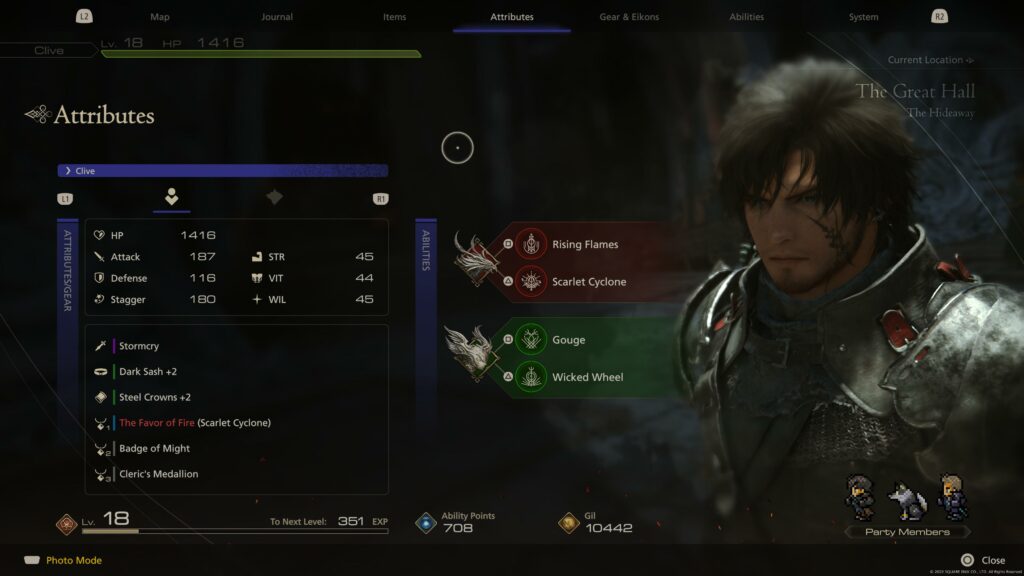
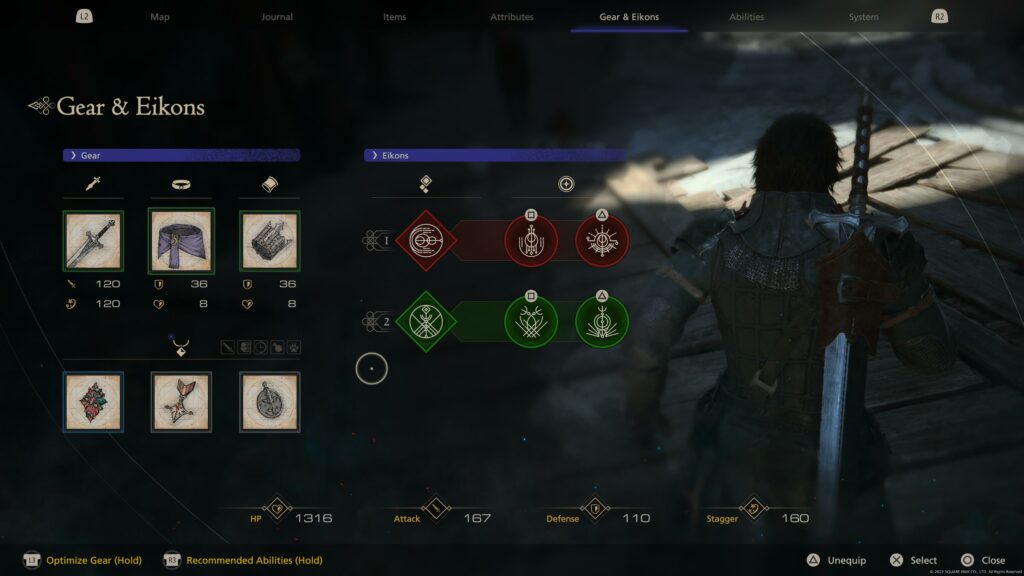
High Replayability and Accessibility
Once you’ve completed the game’s 35-hour story (or up to 70 hours, depending on whether you like to do side quests), there’s still plenty to do. The team at Creative Business Unit III wanted everyone to enjoy Final Fantasy XVI, fans and newcomers alike. This is best exemplified by their accessibility features. Clive has several accessories from the moment the game starts which make the game easier.
These are optional items made for players who are not used to action games and simply want to enjoy the story. Beyond that, the game clearly asks the player whether they want a story-based, or an action-based experience when they first boot up the game.
Final Fantasy XVI features several game modes which unlock once you’ve completed the story, including a difficult Final Fantasy Mode, New Game+, as well as a comprehensive Arcade Mode. With many games needing months if not years to launch such modes, it’s great to see that the team had the time to implement them from day one.
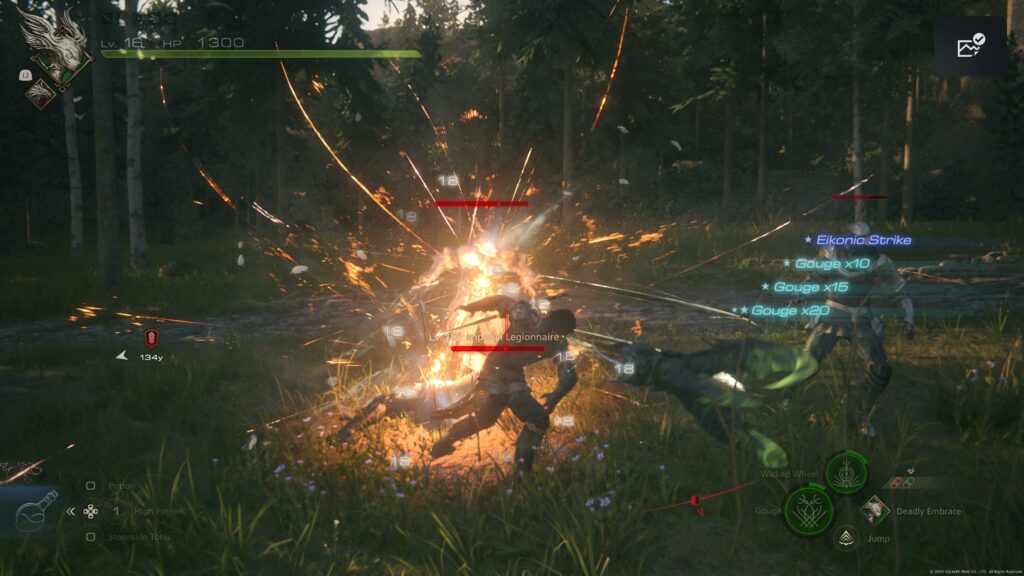


Visuals – Medieval Fantasy at Its Most Gorgeous
It’s hard to deny that Final Fantasy XVI looks spectacular. The game reflects the art style of Final Fantasy XIV given Naoki Yoshida’s work on that title. It’s a far more realistic take on Final Fantasy, one that we haven’t seen in years. There is no fan service here or characters who look dramatically different from one another in terms of physiognomy. This is a Medieval fantasy through and through.
The game uses an in-house engine built by Creative Business Unit III which was further tweaked with the help of Sony’s engineers who pitched in with PS5-specific tools and advice. It’s a rare instance of a third-party exclusive which is built in very close collaboration with the console’s manufacturer to get the most out of the engine.
Final Fantasy XVI also rarely recycles assets, it’s not “lazy” by any means. Every new area you visit will look distinct from one another and there’s a bit of something here for everyone. Scorching deserts, underground temples, overgrown forests, as well as bustling cities and villages all make appearances and all are atmospheric, immersive, and setting-appropriate.
Uneven Technical Performance
Unfortunately, while Final Fantasy XVI looks astonishing, that visual fidelity came at a price. As of version 1.02, the game features two graphical modes–Frame Rate and Graphics. The Graphics mode is what we came to expect from modern console releases and features a steady 30FPS at 1080p upscaled to 4K.
The Frame Rate mode however targets 60FPS in combat but hovers at around 40FPS in exploration at 720p-1080p. The reason for this, at the moment, is that both graphical options force Ray Tracing, without an option to disable it. Likewise, the team decided to heavily use motion blur (something they announced will be patched at a later date).
Given that Final Fantasy XVI is an action game where dodging enemy attacks on time can be a matter of life and death, this is a bit jarring. However, it is a fixable blemish on an otherwise respectably stable, bug-free experience with little to zero loading times.

Audio – Orchestral Final Fantasy Soundtracks Never Disappoint
Final Fantasy XVI features an original soundtrack by Masayoshi Soken of Final Fantasy XIV fame. Soken is known for his work on the Nanashi no series, before ultimately devoting his time to FFXIV and its many expansions. To say that the soundtrack evokes the atmosphere of a Medieval epic would be an understatement.
With over 200 unique pieces of music, Final Fantasy XVI has one of the richest and most diverse soundtracks in the series to date. From soft tracks that play as you explore different forests and fields of Valisthea to godly encounters between different Eikons, Soken doesn’t miss a beat and really augments each scene. Whether it’ll eventually become as iconic as the soundtracks of Final Fantasy VII or X remains to be seen.

Exceptional English Script and Acting
Although Final Fantasy XVI is a AAA game, it’s still surprising just how good the English voice acting and script really are. The team drew inspiration from Medieval Europe in terms of how people speak, how sentences are structured, and how certain phrases are used.
Every character also has a distinct accent from a certain part of the British Isles, very reminiscent of what we saw in HBO’s Game of Thrones. The team went a step further however and had the original Japanese script translated to English, and then translated back to Japanese.
Final Fantasy XVI is intended to be played with English voice acting, and the final result is a joy to hear. Best of all, the script lacks any of the modern Marvel-style writing with inappropriate humour and jokes. This is an R-rated game, with an R-rated script, and it’s one of the game’s biggest strengths.
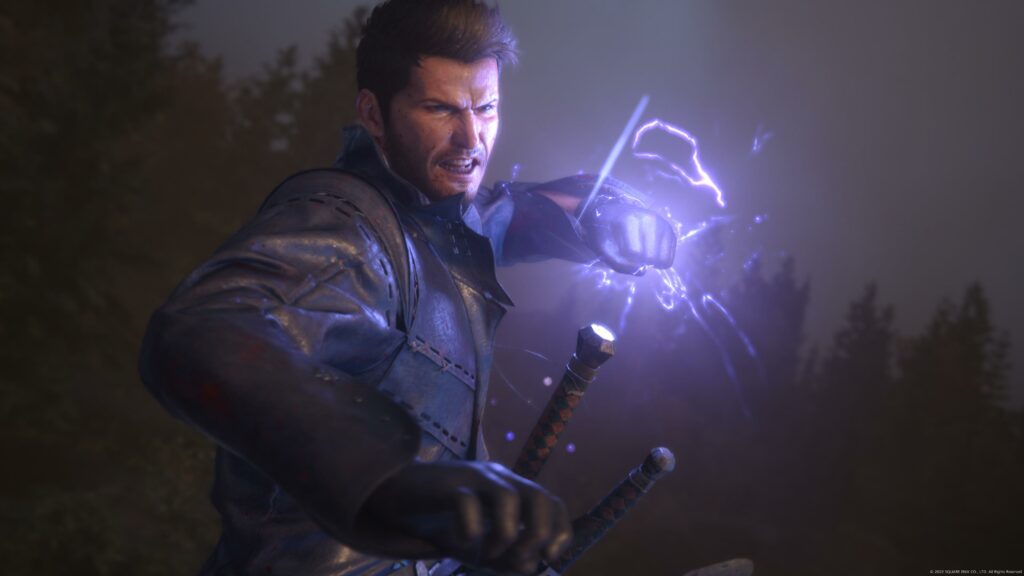
Conclusion – Should you Play Final Fantasy XVI?
So, what makes a Final Fantasy game, a “Final Fantasy” game? If we follow the traditional fan expectations, Final Fantasy XVI is the farthest thing from a FF game. However, it’s 2023, and mainstream gamer expectations have radically changed since the first Final Fantasy title launched on NES in 1987.
Mechanically, the recent God of War Ragnarok is a deeper RPG than Final Fantasy XVI, and that’s fine. Creative Business Unit III set out to create a new kind of JRPG experience, and if there’s one thing Square Enix can’t be faulted for, it’s that every mainline Final Fantasy game has had dramatically different gameplay from the one before it.
Final Fantasy XVI is a fresh new take on a genre that’s often been criticized for “playing it too safe”. It’s a bold statement on the future of Final Fantasy and given the public reception, the development team’s gamble has paid off, hardcore fans be damned. And for those same fans, Square Enix still pushes out plenty of amazing titles such as Triangle Strategy and The DioField Chronicle on a regular basis.
This is a game you should definitely pick up, whether you are a long-time fan of the series or someone who’s been curious but ultimately intimidated by its RPG elements. Final Fantasy XVI is now available exclusively for the PlayStation 5, with the PC version now in active development.
Huge thanks to CD Media for providing us with the review copy.

